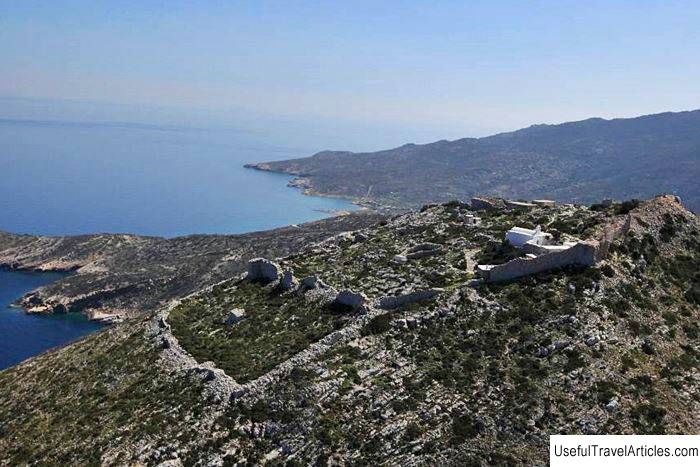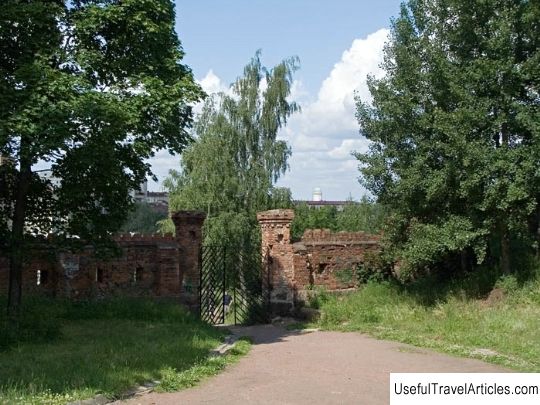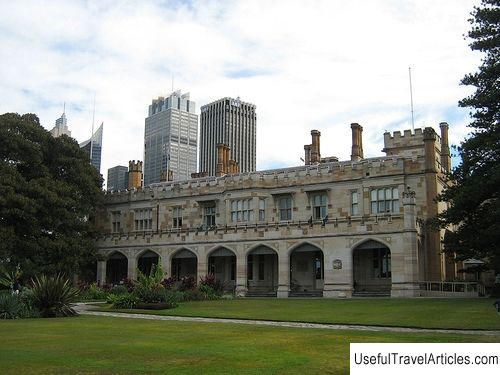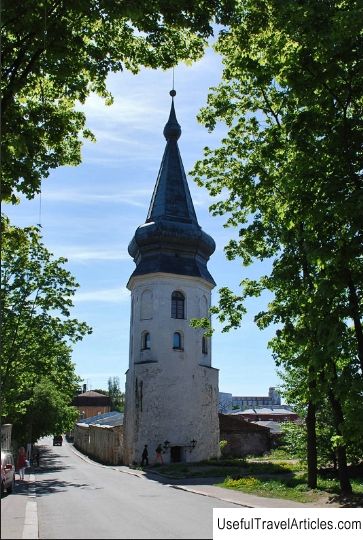Annenskie fortifications description and photos - Russia - Leningrad region: Vyborg
Rating: 9,3/10 (1849 votes) 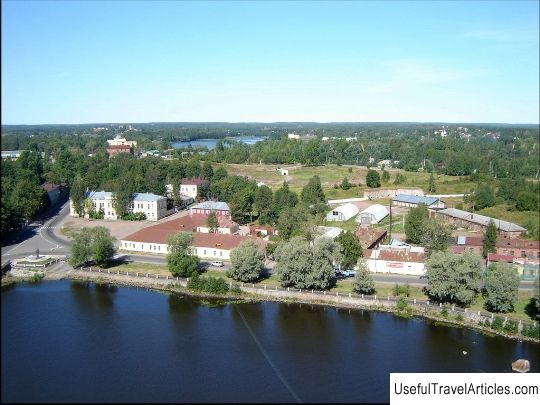
Annenskie fortifications description and photos - Russia - Leningrad region: Vyborg. Detailed information about the attraction. Description, photos and a map showing the nearest significant objects. Photo and descriptionAnnenskie fortifications - fortifications in Vyborg, located on the island of Tverdysh. They were erected in 1730-1750. Annensky buildings were also called Annenkron in honor of the Russian Empress Anna Ioannovna (from the Swedish "Annenkrone", which means "Crown of St. Anne"). The fortress, the newest at that time, occupied an area comparable to the entire city building. Today Annensky fortifications are a rare monument of Russian defense architecture of post-Petrine times. Annensky fortifications are four bastions, which are interconnected by curtains stretching across the entire island from the shores of Vyborg Bay to Zashchitnaya Bay. The history of the Annensky fortifications began in January 1724, when the most famous military engineers of that time, Munnich, Coulomb and De Brigny were offered to develop a project for the military fortifications of Vyborg. Minikh and Kulon agreed that it was necessary to strengthen the coastal territory of Tverdysh Island. According to Minich's project, it was planned to build a fortified strip that would cross the entire island. The project was recognized as costly, and besides, its implementation would require a significant number of garrisons and large weapons. For construction in 1731, the Coulomb project was approved, according to which the defensive belt covered the island coast in a semicircle just opposite the castle and went further along Cape Smolyanaya Bereg. The Coulomb project excluded many of the rather laborious earthworks. And the rounded flanks of the fortifications along it turned out to be not so vulnerable. Construction of fortifications began in 1730. Fortifications were erected by Russian peasants and soldiers. To carry out the work from the Keksgolm and Vyborg provinces, 2 thousand people and 200 carts were requested. Fortifications were built secretly, outsiders were not allowed to the construction site. By 1733, a ditch had already been dug out and two bastions were built, and at the beginning of the 1740s. all the main elements of the fortress were erected. At first, the construction was supervised by Minich, and later by Lieutenant General Luberas. In the early 1750s. on the Annenskie fortifications A.P. Hannibal, great-grandfather of the great poet, who was previously in Siberian exile. Minich personally contributed to his return, he entrusted A.P. Hannibal, the leadership of the Engineering Unit of the Military Collegium. His main responsibility was to check the annual reports on the fortresses under construction, analyze projects and estimates. In addition to defensive structures, two powder magazines, a warehouse for artillery supplies, three shops, two guardhouses - guard rooms, three smithies, a well, 16 residential quarters were built on the territory of the fortress. On the territory of the fortress in the second half of the 18th century ... there was an active life. It was inhabited mainly by Russians. Despite the fact that the Annensky fortifications have never been sieged, repair and restoration work here went almost continuously. It was necessary to rebuild defensive structures washed out by the waves after strong storms. Fires were frequent. The largest one took place in 1793 In 1772 and 1808 in connection with a new aggravation of Russian-Swedish relations, and in 1854 in connection with the Crimean War, the Annensky fortifications were put in order. In 1864-1865. the fortress was split into two parts by the road, so they almost completely lost their defensive significance. Annenskie fortifications have the shape of a crown and cover an area of about a kilometer. In addition to four bastions, which are connected by curtains, the fortress includes earthen ditches and ramparts that form three bastion fronts. Kotrgarde fortifies the second bastion. The outer wall of the fortifications (scarp) is made of granite boulders. The height of the wall is 10 m, and the thickness is 3 m. Along the old road leading to the west, two stone gates are made in the earthen curtains: Friedrichsgam and Ravelin gates. In honor of the 200th anniversary of the capture of Vyborg by Russian troops, a stele was erected in front of the Friedrichsgam Gate over the mass grave of Russian soldiers who fell during the assault on Vyborg in 1910. During the years of Finland's independence, the stele was dismantled, and in 1994 its exact copy was restored. Annenskie fortifications, which in the past played an important role in the defense system of the Russian borders in the northwest, as a valuable monument of Russian fortress architecture of their time are protected by the state. Currently, well-preserved military fortifications are often the scene of all kinds of cultural events. The fortress hosts the reconstruction of knightly tournaments and the "Castle Dance" dance festival.       We also recommend reading Peter and Paul Cathedral description and photos - Belarus: Gomel Topic: Annenskie fortifications description and photos - Russia - Leningrad region: Vyborg. |
